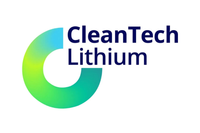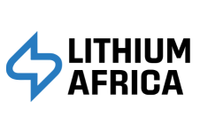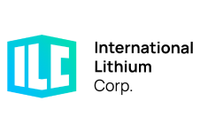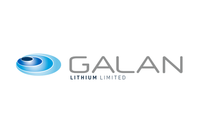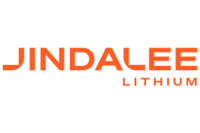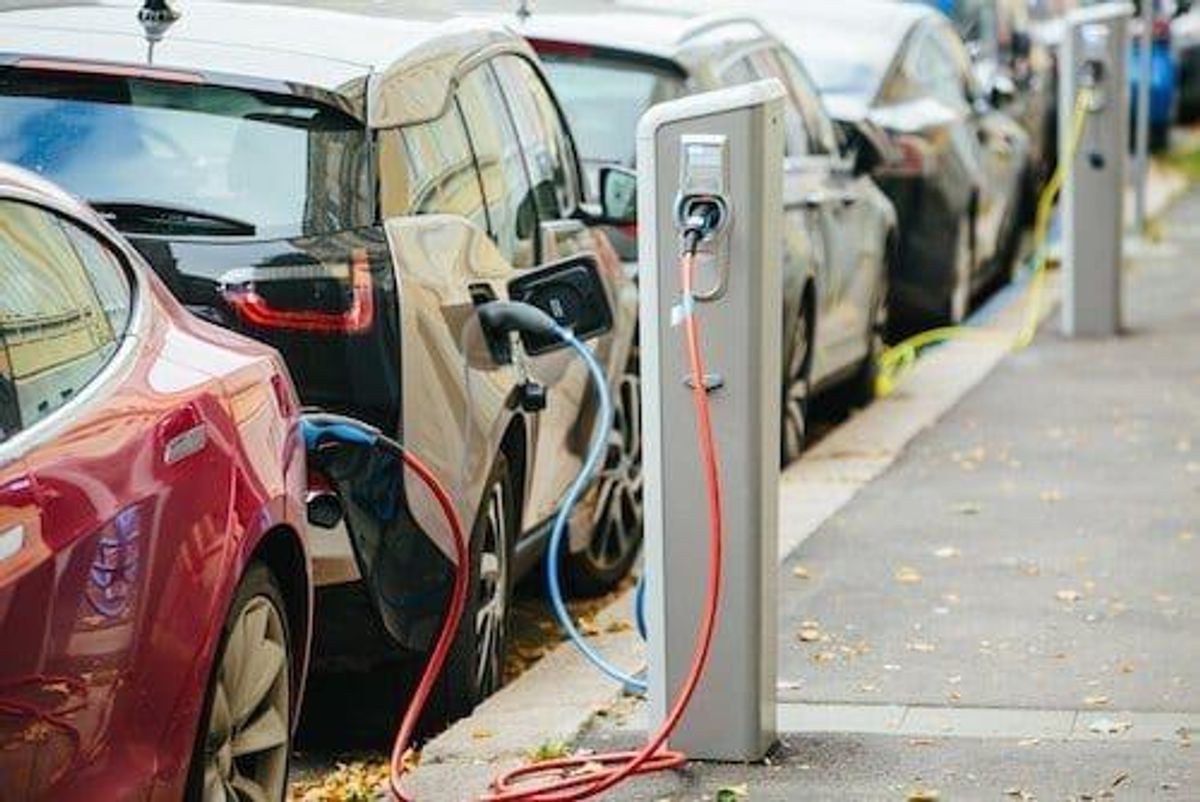
When the EV market began to emerge, it raised an issue that auto manufacturers and governments alike had not adequately addressed: where do spent lithium-ion batteries go?
Governments worldwide, federally and regionally are mandating environmental protection policies aimed at lowering carbon dioxide (CO2) emissions. Part of this is tied to finding opportunities in eWaste recycling, which provides added supply to the ever popular battery metals.
With the advent of low-carbon technologies aimed at reducing environmental impact, problems associated with climate change are starting to be addressed. Electric vehicles (EVs) — complemented by innovative energy storage units that use battery metals — are one solution to rising CO2 and greenhouse gas (GHG) levels in the atmosphere.
When the EV market began to emerge, it raised an issue that auto manufacturers and governments alike had not adequately addressed: where do spent lithium-ion batteries go?
Despite being focused on energy conservation and efficiency, the EV industry and regulations around it have mostly ignored the implications of not recycling EV batteries, categorized as eWaste. This particular challenge opens the door for a budding industry targeting opportunities in eWaste recycling.
Governing policies setting new environmental standards
EVs are proof that fueling transportation through electricity rather than burning fossil fuels can significantly reduce emissions of GHG; up to 50 percent less GHGs are emitted from EVs compared to traditional transportation.
This shift away from fossil fuels has been met with resounding praise for the significant efforts governments and automakers have implemented to reduce global GHG emissions. Take, for instance, the British and French governments, which in July 2017 committed to banning the sale of petrol- and diesel-powered cars by 2040, while carmaker Volvo (STO:VOLV-B) is working towards its goal of becoming a fully electric car maker by 2030.
While some countries are committing to fully banning combustion engines, others have comprehensive policies outlining climate change actions related specifically to CO2 emissions. Under the Paris Agreement, Canada has committed to reducing GHG emissions by 30 percent below 2005 levels by 2030. The Canadian government has also committed to restricting new light vehicle purchases to only zero-emission vehicles by 2035.
In the US, the Biden administration has issued new regulation that effectively ensures that the majority of all new passenger vehicles and light trucks sold in the US are either hybrid or electric by 2032, by instituting new tailpipe pollution limits.
Governments worldwide mandating policies and enforcing compliance aimed at the billion-dollar auto industry is one of the main driving forces behind the forecasted dramatic growth of the EV market.
The environmental landscape
While the increase in EVs marks a promising environmental milestone, both automakers and lawmakers will now have to address the lifecycle of EV batteries, which often make their way into landfills.
The EV battery typically has a lifespan of five to 10 years. An estimated 1.2 million batteries from EVs will reach their end-of-life by 2030, globally, according to a report from the International Council on Clean Transportation.
This forecasted increase in spent EV batteries poses a currently unrecognized environmental risk. Though there is existing infrastructure in place in Canada, Mexico, China and the US to collect, transport and recycle EOL EV batteries, there are currently only a few companies that have the technology and capacity to recycle EV battery metals.
Recycling lithium brings a unique set of challenges that, if not carefully mitigated in time (now) for the EV revolution, could result in drastic environmental consequences. Today most EV battery recycling efforts use smelting, which recovers only part of the cobalt and none of the lithium. Additionally, cobalt is recovered as a crude metal that can be used for alloying, but requires further refining for use in batteries. The remaining unrecovered cobalt and lithium is considered a hazardous waste material.
Because of the impressive increase in EVs as one solution to reducing GHGs, combating the resulting decrease in supply and further demand, as well as recovering and recycling the critical metals needed, has become a critical element to the entire EV lifecycle. To reduce CO2 levels and lower GHGs, both EVs and a full closed-loop lifecycle that incorporates eWaste recycling are needed. The by-product of the EV revolution has generated a significant opportunity in waste-management sectors.
The emerging eWaste market
As the EV market takes off and government agencies begin to realize the extent of the problem posed by spent batteries, jurisdictions across the world are starting to introduce legislation that challenges the EV and battery manufacturers to address battery EOL. The European Union's new Batteries Regulation, which took effect February 18, 2024, requires that new batteries must contain a specified proportion of recycled materials beginning in 2031.
RecycLiCo (TSXV:AMY;OTC:AMYZF) is an early-mover in EV battery recycling. Its patented process is capable of recovering up to 99 percent of cathode metals from battery waste and upcycles them into high-purity, battery-ready materials.
Governments such as China and the EU are starting to implement legislation that would make auto manufacturers responsible for recycling the lithium-ion batteries in the EVs they produce.
“Governments will do something, they are not going to permit electric car batteries to end up in landfills,” remarked Jim Greenberger from NAAT Batt International.
Some of the first large-scale recycling facilities are already underway. In March 2018, the Chinese government introduced the first recycling programs in four of its major regions. Chinese car manufacturers are responsible for the collection and recycling of EV lithium-ion batteries. The government is pushing EV manufacturers to inherit responsibility, and will contribute by providing policy supports and industrial funds for the trial operations. The Chinese government understands the excessive demand for lithium could mean a growing source of pollution, and is taking action now.
Though the legislation’s driving factor is environmental protection, the move also combats the rising costs and potential supply and demand concerns of EV battery materials, such as lithium and cobalt.
Federal governments around the world are starting to adopt similar legislation to comply with the Paris Agreement and national environmental standards.
The takeaway
As EV and battery production continues to grow on a global scale, eWaste is positioned as an emerging industry. The switch to EVs has opened up the potential for a notable market targeting EV battery recycling. As a result, companies are entering the market with sophisticated recycling technologies aimed at solving the EV battery recycling challenge while also capitalizing on the booming EV market.
As these companies look to enter into partnerships with battery and EV manufacturers across the globe, helping them to become environmentally compliant, there is an opportunity for investors to see positive results from an industry supported by strong government action.
This INNSpired article was written as part of an advertising campaign for a company that is no longer a client of INN. This INNSpired article provides information which was sourced by INN, written according to INN's editorial standards, in order to help investors learn more about the company. The company’s campaign fees paid for INN to create and update this INNSpired article. INN does not provide investment advice and the information on this profile should not be considered a recommendation to buy or sell any security. INN does not endorse or recommend the business, products, services or securities of any company profiled. If your company would benefit from being associated with INN's trusted news and education for investors, please contact us.
